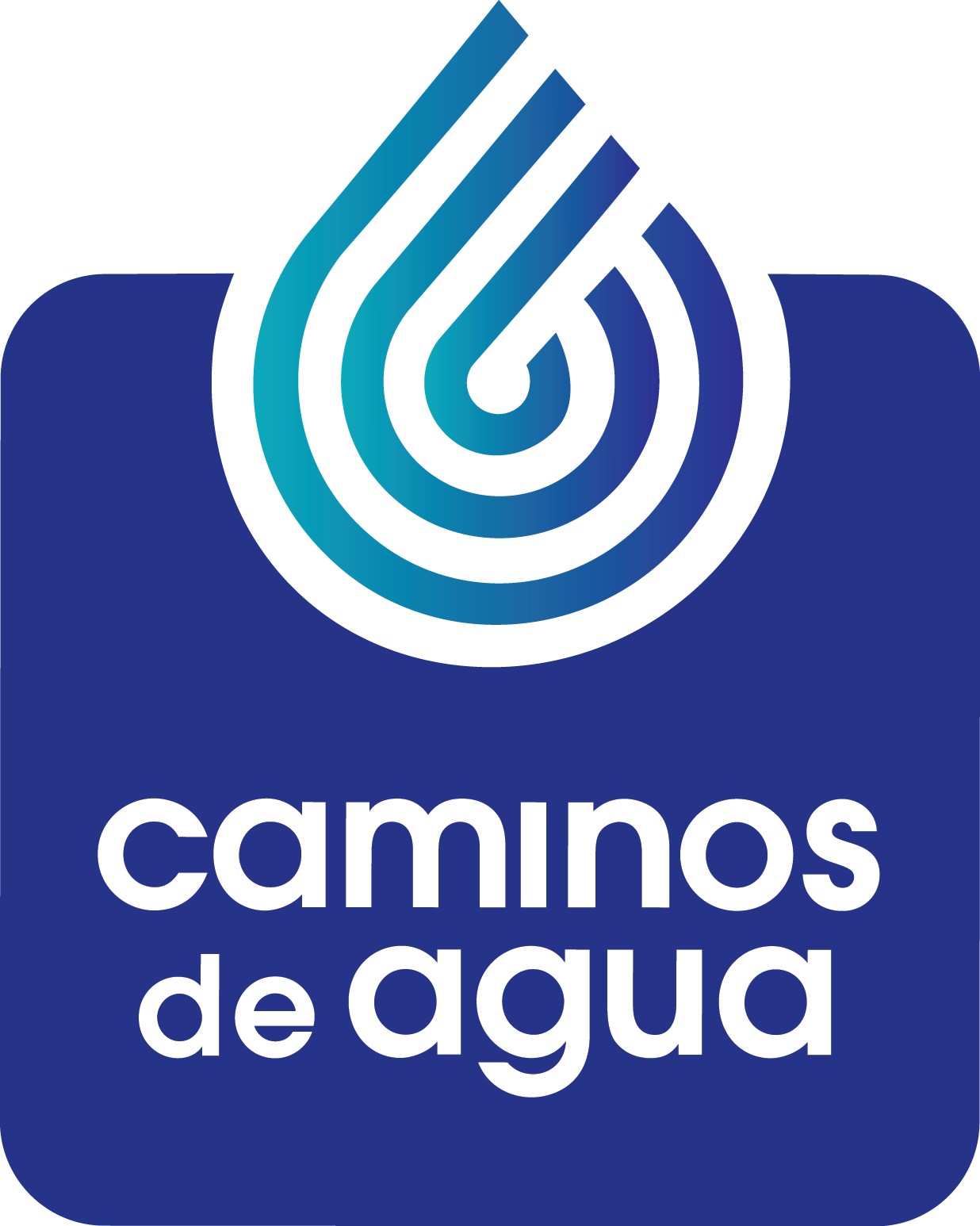Together, We can be the Difference for a Whole Generation of Children
Our new Groundwater Treatment System is going to make the biggest difference with the most vulnerable population – our children.
Arsenic and fluoride in drinking water are very insidious. They are colorless, tasteless, and rather difficult and expensive to test for, but the continuous drinking of this contaminated water creates very serious health impacts. In the Alto Rio Laja Watershed in the Mexican state of Guanajuato, where Caminos de Agua does the vast majority of our work, more than 680,000 people in both urban and rural areas, including San Miguel de Allende, have been exposed to unhealthy levels of arsenic and fluoride – in some cases for more than 20 years. Through our water monitoring program, Caminos de Agua has recently documented levels of arsenic at more than 23 times above the World Health Organization’s maximum recommended limit and fluoride at more than 12 times the limit.
Continued consumption of water laced with arsenic and fluoride causes a variety of severe physical and cognitive conditions. Fluoride causes dental fluorosis, the browning of teeth, which can progress to become crippling skeletal fluorosis. Arsenic causes skin disease, renal failure, and skin and gallbladder cancers. Both arsenic and fluoride are also closely linked to cognitive development and learning disabilities in children who, in general, are much more at risk from these contaminants due to their young, developing bodies.
With twenty years or more of continued exposure, we’re at a very critical moment!
There are tens of thousands of children in over 2,800 rural communities in our region, many of whom are drinking severely contaminated water almost exclusively. If something doesn’t change quickly, this generation will grow up on increasingly contaminated water supplies. Arsenic was not even a problem when we started monitoring water quality just eight years ago. Today, we see concentrations approaching levels similar to those in Bangladesh, where arsenic in drinking water was once called by the World Health Organization: “the largest mass poisoning of a population in history.”
At Caminos de Agua, when we initially began partnering with local communities to create clean water access, our focus was largely on rainwater harvesting systems. When properly maintained, these systems can provide a lifetime of clean drinking water for families, schools, or churches. While rainwater is a highly effective solution, it also has limitations. Systems are slow to install as well as labor and capital intensive. Unfortunately, we won't be able to get those tens of thousands of young people in our region off these toxic water supplies solely relying on rainwater.
That’s why, five years ago, we began to develop our Groundwater Treatment System (GTS). Appropriate solutions simply did not exist, so we decided to create one ourselves. The idea was to develop a system that can effectively and affordably remove both arsenic and fluoride and be installed inline on a community well – providing safe drinking water for an entire community in the same amount of time and cost it would take to build a rainwater system for just one family.
Today GTS is on the cusp of changing the paradigm for water solutions to the contamination that plagues our region as we prepare, within the next ten weeks, to put the first GTS online and through its final community-wide pilot test. This pilot will provide a local community with a continued source of safe drinking water and will provide us with exhaustive data and ultimately proof of concept.
All of this is so we can accomplish one clear, but very complex, goal: to get as many people, especially young people, off contaminated water as soon as possible.

